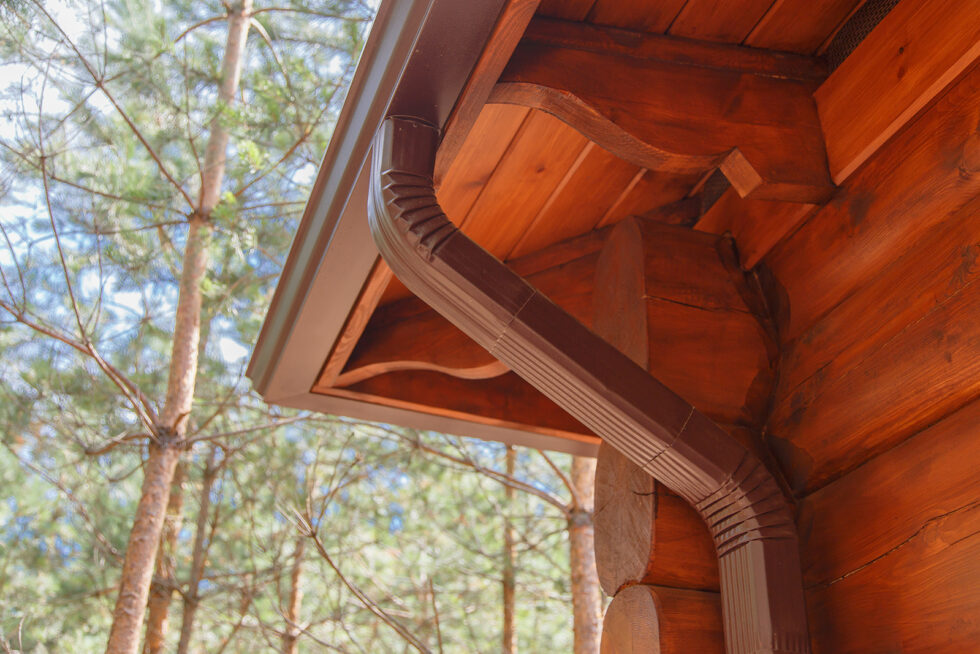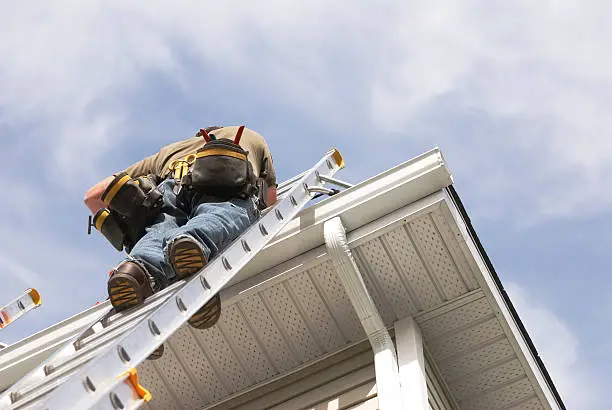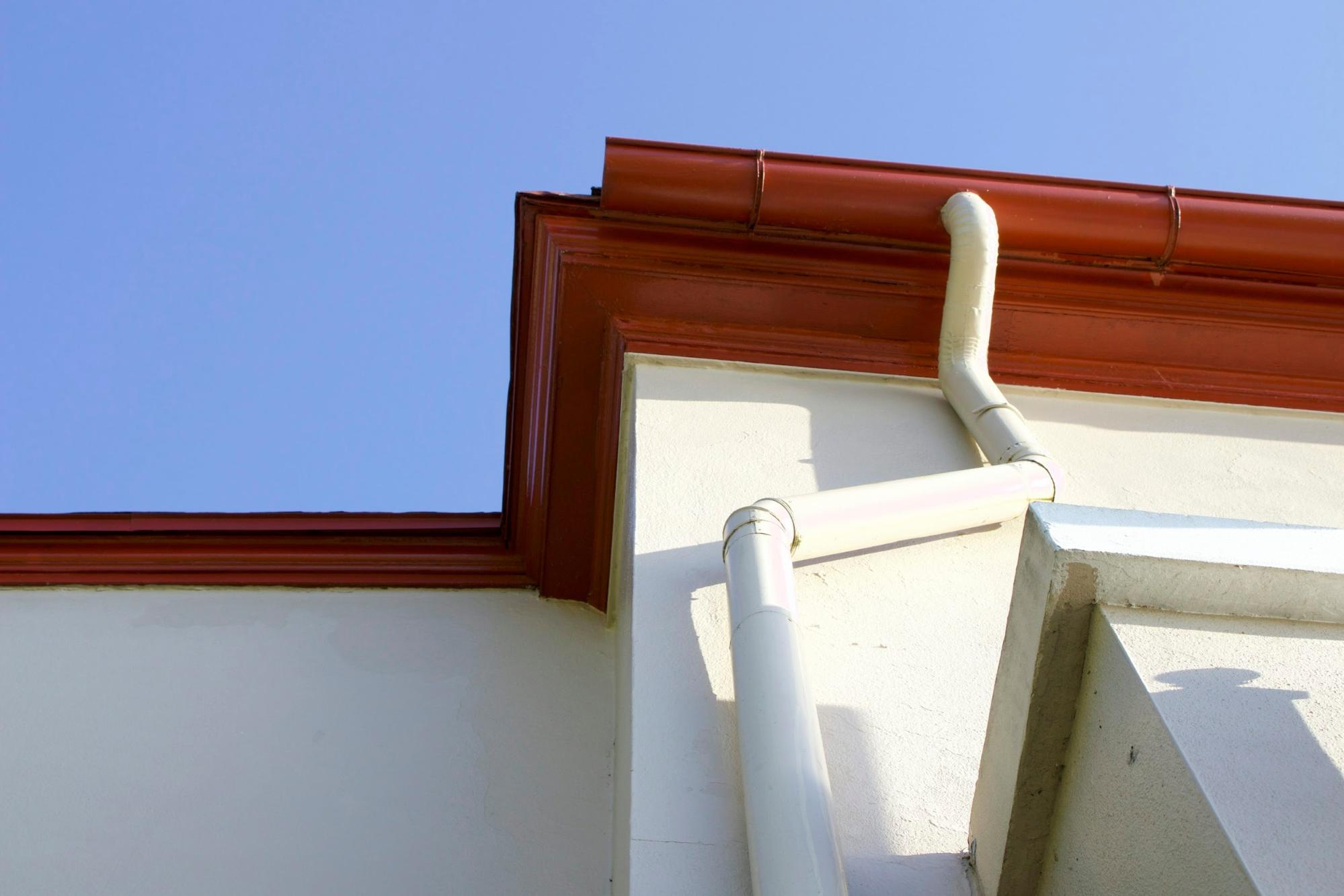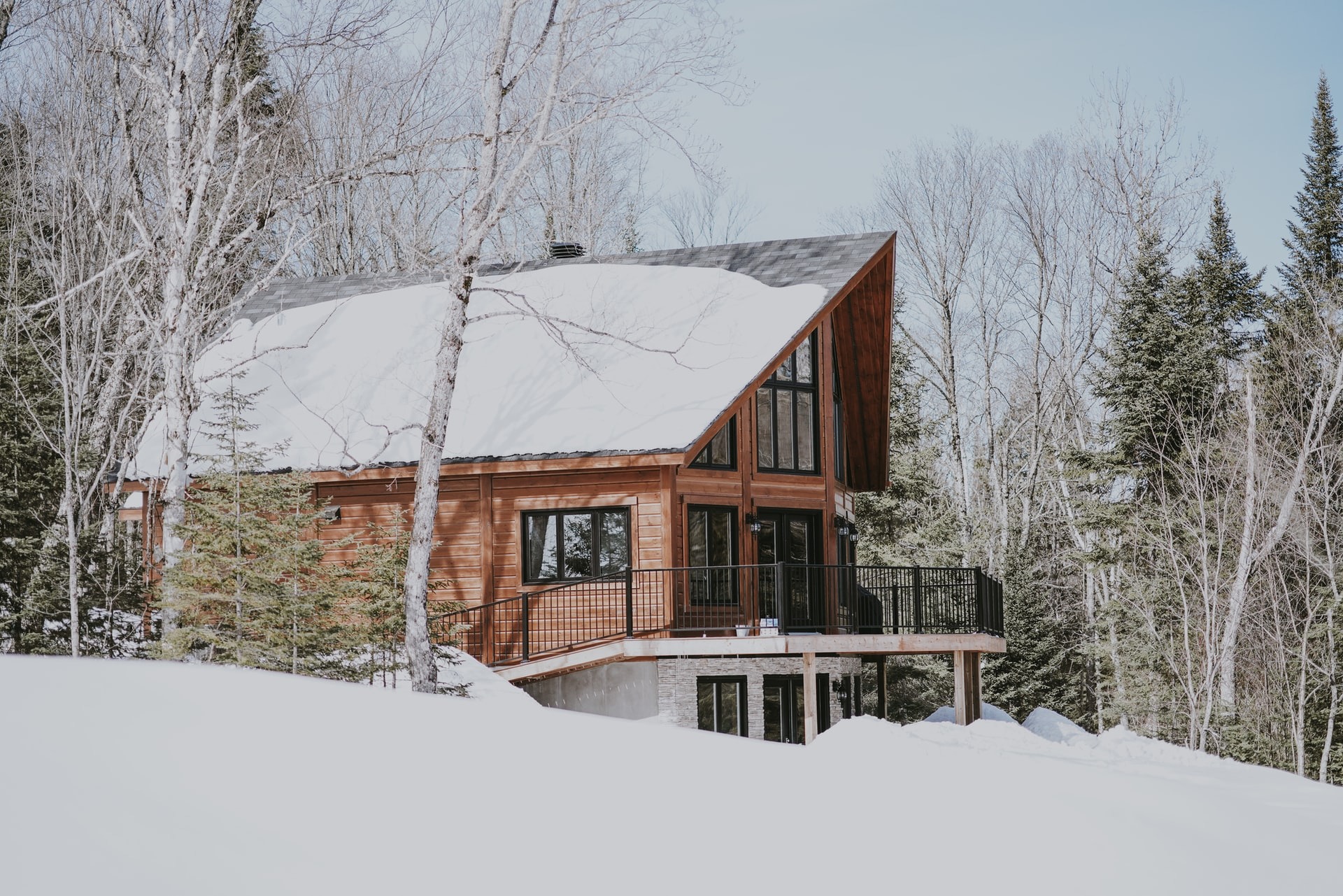Gutters play a critical role in protecting your home from water damage. They direct rainwater and snowmelt away from your roof, walls, and foundations. However, many Quebec homeowners neglect the condition of their gutters until costly problems occur. Recognizing the signs of deterioration and acting quickly can avoid major repairs and protect the structural integrity of your property.
1. Visible cracks, holes, or rust
- Cracks, even small ones, allow water to escape and run off along your exterior walls, a problem compounded by Quebec freeze-thaw cycles.
- Rust on galvanized steel gutters indicates that the protective coating is compromised and deterioration is accelerating rapidly.
- Even tiny perforated holes indicate that the metal has corroded to the point where it is no longer waterproof and functional.
The risk of waiting: Water that gets behind the exterior cladding can rot the wood fascia, damage the insulation, and create moisture problems in the walls. Repairing this structural damage is considerably more expensive than replacing gutters.
2. Sagging or deformation of the sections
- Gutters that hang, sag, or have warped sections can no longer effectively direct water down the downspouts.
- This problem often occurs when the fasteners come loose from the fascia or the weight of the ice and snow has deformed the metal.
- Gutters must maintain a constant and precise slope toward the downspouts in order to function properly and remove water.
The risk of waiting: The collapsed sections create pockets where water stagnates, promoting accelerated corrosion and the proliferation of mosquitoes in summer. Overflowing water damages the exterior cladding and can seep into the foundations.

3. Separation between gutters and fascia
- A visible space between your gutters and the fascia indicates that the fasteners have failed or that the fascia wood has deteriorated.
- This separation prevents gutters from effectively capturing water that drains from the roof and compromises their primary function.
- Some sections may lean out rather than stay flush against the house, creating significant gaps.
The risk of waiting: A partially detached gutter can come off completely during a storm or under the weight of snow, causing damage to your landscaping and potentially hurting someone. The water that trickles behind the gutters progressively rots the fascia and the ends of the rafters.
4. Overflow of water during precipitation
If your gutters regularly overflow during the rains, even after a recent cleaning, several problems may be at fault:
- Inadequate sizing: Your current gutters may not be wide enough to handle the volume of water coming from your roof, especially if you have a large roof area or a steep slope.
- Incorrect slope: The gutters should have a slight slope towards the descents. If this slope is insufficient or reversed, water builds up instead of draining properly.
- Insufficient number of descents: A gutter may be in good condition but unable to manage water flow if the downspouts are too spaced or too small for the volume to be evacuated.
The risk of waiting: Overflowing water erodes the ground around your foundations, can cause basement seepage, and damage your landscaping. This constant erosion is compromising the stability of your foundations in the long term.

5. Peeling paint or traces of mold
- Paint that peels off the exterior cladding directly under the gutters reveals prolonged and repeated exposure to water.
- Traces of mold, water rings, or dark spots on the fascia indicate that moisture regularly seeps behind the gutters.
- These visual signs usually appear after months of gradual infiltration, meaning hidden damage may already be present.
The risk of waiting: Chronic humidity creates ideal conditions for wood rot and mold growth, which can spread inside your walls and compromise indoor air quality.
6. Visible ground and foundation damage
- Erosion channels in the ground directly under your gutters indicate that water is falling forcefully instead of flowing down the downspouts.
- Splashes of soil on the siding or a constantly soggy floor indicate that water is not draining properly away from the house.
- Cracks in the foundation or water in the basement can result from failed gutters that direct water toward the house rather than away from it.
The risk of waiting: Foundation problems are progressively getting worse and becoming exponentially more expensive to repair. Water infiltration in the basement can damage your property, create mold problems and significantly reduce the value of your property.

7. Advanced age of your gutters
- Aluminum gutters generally last between 20 and 25 years, while galvanized steel has a shorter lifespan depending on weather exposure.
- Even without visible signs of major deterioration, gutters that approach or exceed their life expectancy gradually lose their effectiveness.
- Preventive replacement is a smart investment that saves you from costly emergency repairs and collateral damage to your property.
Why choose professional installation
Replacing gutters requires specific technical skills that only a RBQ certified professional can guarantee:
- The calculation of the appropriate slope to ensure optimal flow to the descents.
- The correct sizing according to the surface of your roof and the intensity of precipitation in your region.
- The strategic positioning of the descents to effectively direct water away from the foundations.
- The secure attachment to the fascia that will withstand the snow and ice loads typical of the Quebec climate.
- The use of professional safety equipment to work at heights without the risk of accidents.
Inadequate installation compromises system efficiency and can cause more damage than failed gutters. The tinsmiths qualified professionals also know the best practices to ensure the sustainability of your installation and offer guarantees on their work.
Protect your real estate investment
Don't let faulty gutters compromise the integrity of your home. Repairs to foundations, siding, and structures are invariably much more expensive than preventative gutter replacement.

Contact Toiture Couvreur Montréal today for a free inspection of your gutters. Our RBQ certified tinsmiths will assess the condition of your current system and offer you sustainable solutions adapted to the requirements of the Quebec climate. Protect your home with a professional installation guaranteed. Ask for your quote Free now.
FAQ




